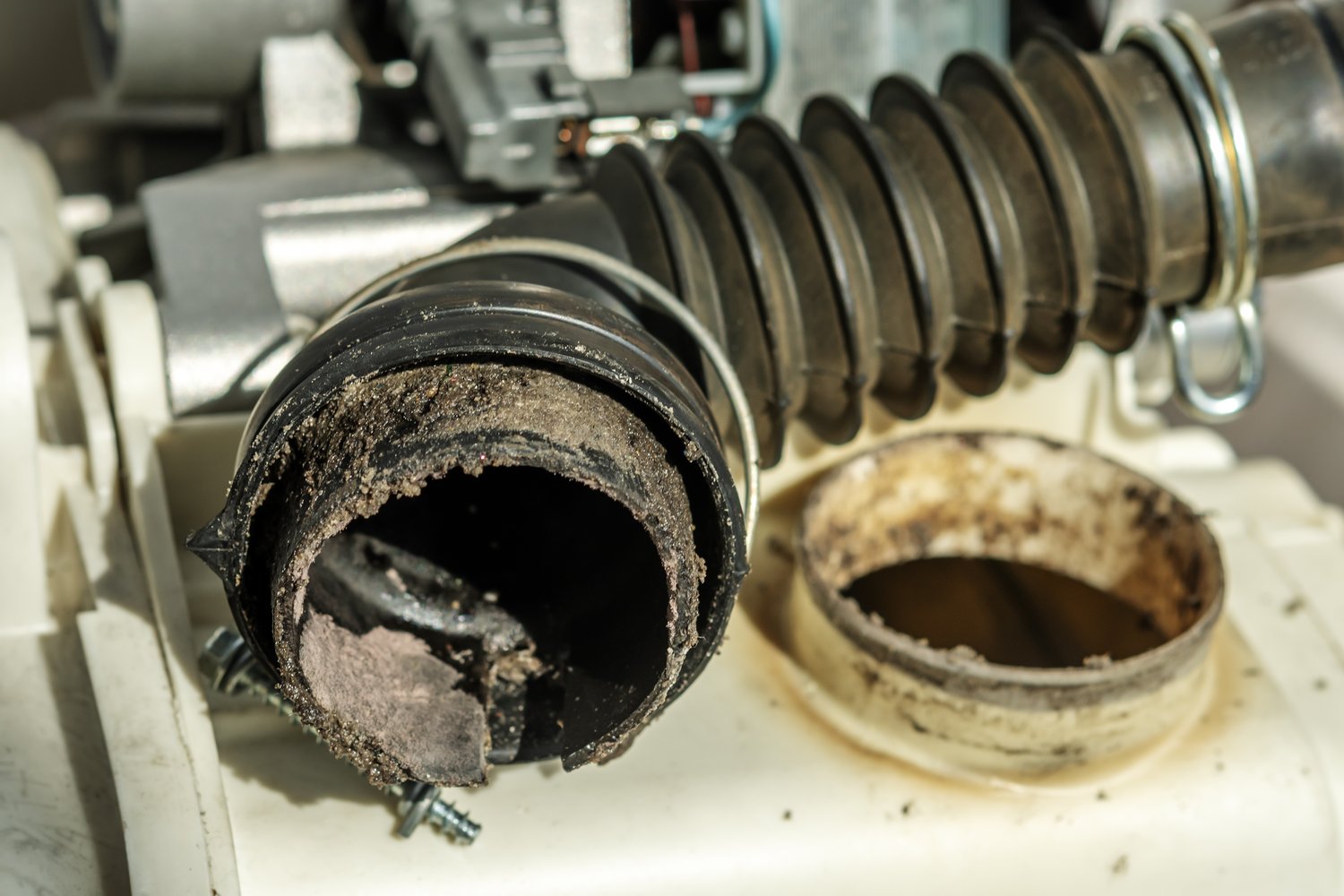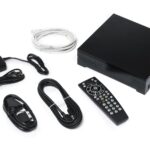Picture this: a clogged dryer vent that’s not only consuming more energy but also posing potential fire hazards. Ensuring the cleanliness and maintenance of your dryer vents isn’t just about efficiency—it’s a crucial safety measure for any home. This article sheds light on why regular dryer vent maintenance should be a priority for every homeowner.
- Understand how regular maintenance prevents hazards and increases energy efficiency.
- Discover step-by-step methods for effectively cleaning your dryer vents, complete with recommended tools.
- Learn valuable preventative maintenance tips to keep your dryer running efficiently throughout the year.
Diving into this guide, you’ll uncover practical techniques and strategies to enhance both the safety and performance of your dryer. Ready to transform how you manage this essential household task? Read on to explore how these practices can make a significant difference in your home management routine.
Understanding the Importance of Dryer Vent Cleaning and Maintenance
Dryer vent cleaning is a crucial aspect of maintaining a safe and efficient home environment. Neglecting regular cleaning can lead to severe safety hazards such as dryer fires. Lint buildup is a common cause of these fires, as it can clog the vent and restrict airflow. This situation not only increases fire risk but also causes your dryer to work harder and longer to dry clothes, leading to higher energy bills.
In addition to safety and energy efficiency, regular maintenance extends your dryer’s lifespan. When a dryer operates efficiently, the strain on its components is minimized, reducing wear and tear. Consequently, routine vent cleaning saves you money on potential repairs or replacements. Ensuring your dryer runs smoothly also benefits the environment, as efficient appliances use less energy and reduce your overall carbon footprint.
Steps for Effective Vent Cleaning
To effectively clean your dryer vents, you’ll need the right tools and a solid understanding of the process. Begin by unplugging your dryer and moving it away from the wall. This will allow access to the vent system, usually located at the rear. Using a vacuum with a hose attachment, remove as much lint and debris as possible from the vent opening.
Next, insert a vent cleaning brush into the vent tubing, gently pushing and pulling it to dislodge any remaining debris. Be thorough in this step to ensure a complete cleaning. For more extensive cleaning, consider disassembling the vent pipe, carefully cleaning the interior sections.
It’s also important to clean the exterior vent exit. Remove any visible blockages to ensure proper airflow. Once the cleaning is complete, reattach the vent hose securely and reposition your dryer. Plug it back in, and conduct a test run on a short cycle to check for proper operation.
Preventative Maintenance Tips for Dryer Vent Systems
Maintaining your dryer vent system is crucial for ensuring safe and efficient operation throughout the year. Regular preventative maintenance can help you avoid common issues such as clogging, excessive lint buildup, and potential fire hazards, all while enhancing your dryer’s efficiency.
One of the simplest ways to maintain your dryer vent system is to clean the lint filter after every load. While this may seem trivial, removing lint buildup can significantly impact the airflow, reducing stress on your dryer and reducing drying times.
Inspect the vent system for any visible signs of wear and tear. Consider checking the vent hose for tears or kinks, which can restrict airflow and cause overheating. Replacing damaged or worn-out hoses with metal ductwork is recommended, as they are less prone to catch fire compared to plastic ones.
Using appropriate venting materials is equally important. Ensure that your venting systems are appropriately installed and comply with local building codes. A professional inspection every year or two can help identify potential issues before they become major problems.
Make it a point to routinely check the vent path outside your home for any obstructions. Blocked or partially blocked vents can trap exhaust gases and moisture, causing the dryer to run less efficiently. Cleaning dust, bird nests, or debris from the outside vent cap can help maintain optimal airflow.
Additionally, avoid overloading the dryer. Overloading can cause shifts in the drum and misalignment with the vent system, leading to poor performance and increased wear and tear on the appliance.
By implementing these straightforward dryer vent maintenance tips, you can enjoy improved performance and greater safety for your home. Regular attention to your dryer’s needs not only helps you save on energy bills but also extends the lifespan of your appliance.
Common Questions About Dryer Vent Cleaning and Maintenance
Why is it important to clean dryer vents regularly?
Regular cleaning prevents fire hazards, improves energy efficiency, and extends your dryer’s lifespan.
How often should dryer vents be cleaned?
Dryer vents should ideally be cleaned every six to twelve months.
What tools do I need for cleaning dryer vents?
- Vacuum cleaner with hose attachment
- Duct cleaning brush
- Screwdriver
Can clogged dryer vents cause a fire?
Yes, excessive lint buildup can lead to overheating and potentially start a fire.
How can I tell if my dryer vent needs cleaning?
Signs include longer drying times, hot dryer surface, and burning smell during operation.
What are some preventative maintenance tips for dryer vents?
- Regularly check and clean lint filters
- Inspect vent pipes for obstructions
- Ensure proper ventilation installation
Are there any safety measures to follow when cleaning dryer vents?
Always unplug the dryer before cleaning and read the manufacturer’s guidelines.




